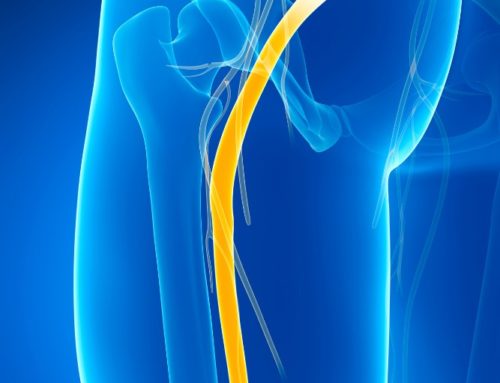People with a history of heart trouble may, in some cases, have had a septal infarct. This is a rare but serious kind of heart attack that affects the septum, and can be life threatening. There is no cure for a damaged septum – muscle and tissue separating the heart’s left and right sides.
This condition is often not easy to detect or diagnose, and you may find out about it only following surgery. Sometimes the symptoms are so mild that you never realize that you have had an infarct. Seek medical assistance if you think you have had this or other heart conditions.
The information below is for educational purpose only.

How Serious is a Septal Infarct?
As for how serious this condition can be, like most answers in medicine, it depends. It depends on exactly where on the septum muscle is damaged, and how much damage there is.
The damage usually causes a weakening of this thin wall of muscle and tissue. This can lead to the risk of the wall rupturing, with fatal consequences.
The best case scenario is that the affected area is small. If a significant amount of muscle remains in tact it can support the scar tissue. In such a case, the patient can expect a near normal life – with lifestyle changes, routine check ups, and echocardiograms. In many cases the situation can be anywhere in between these two extremes.
What follows is an overview of the possible causes and symptoms of this relatively rare type of heart attack, called septal infarct. As with any of the classic symptoms of a heart attack, such as chest pain, see a doctor right away. Early diagnosis and treatment is more likely to prevent complications and promote recovery.
Causes
This condition occurs when the blood supply to the septum is restricted or blocked.
A blood clot that moves along arteries from another part of the body is one of the most common causes.
An inadequate supply of blood to the septum during a heart attack (a myocardial infarction) can trigger septal infarct. Chest injuries, abnormal heart rhythms, or heart defects are further possible causes. The risk of this kind of heart attack rises if you have high blood pressure, cholesterol levels, or diabetes.
Symptoms and Treatments
You may experience lightheadedness, dizziness, nausea, aching arms or heartburn. Other symptoms include chest, neck or abdominal pain, shortness of breath, a cold sweat, and/or fatigue. However, depending on the severity of this uncommon condition, there may be no obvious symptoms. A further point is that people suffering from this condition may well experience different symptoms.
Treatment may include surgery and/or medication to reduce inflammation and pain. Where the condition is relatively mild, doctors may simply recommend lifestyle changes. These could include regular low intensity exercise and a healthy diet to help prevent the likelihood of a further septal infarct.
This content comprises informative and educational resources only and can not be considered as a substitute for professional health or medical guidance. Reliance on any information provided in this article is solely at your own risk. If you have any inquiries or apprehensions about your medical condition or health goals, talk with a licensed physician or healthcare provider.






So if ECG says consider anteroseptal infarct what will a Cardiologist say to do?